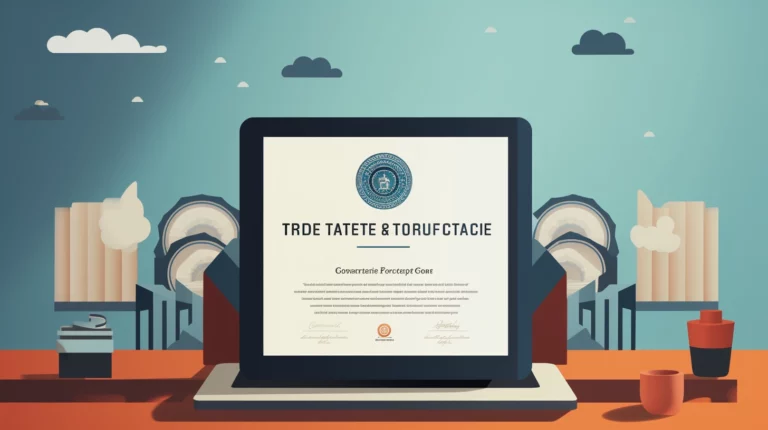Preparing a certificate involves several important steps to ensure its accuracy, professionalism, and effectiveness. Whether you are creating a certificate from scratch or customizing a template, following these guidelines will help you prepare a well-crafted and meaningful certificate:
1. Determine the Purpose: Clearly define the purpose of the certificate. Is it for academic achievement, professional recognition, or participation in a specific program? Understanding the purpose will guide the content and design decisions.
2. Gather Relevant Information: Collect all the necessary information for the certificate, including the recipient’s name, the reason for the certificate, the issuing organization or institution, date of issuance, and any additional details specific to the achievement or program.
3. Choose an Appropriate Template or Design: Select a certificate template or create a design that aligns with the purpose, tone, and desired aesthetics of the certificate. Ensure the template provides enough space for all the required information.
4. Design Elements and Layout: Pay attention to the design elements such as colors, typography, borders, logos, and images. Ensure a clean and balanced layout that is visually appealing and easy to read. Consider the hierarchy of information, with the most important details prominently displayed.
5. Personalize the Certificate: Add personalization by including the recipient’s name and other relevant details. Customize the template to ensure the certificate feels unique and meaningful to the individual receiving it.
6. Proofread and Edit: Double-check all the information on the certificate for accuracy, including spelling, dates, and other details. Ensure the formatting, grammar, and punctuation are correct. It’s helpful to have someone else review the certificate as well to catch any errors or inconsistencies.
7. Consider Signatures and Seals: If applicable, include space for authorized signatures and official seals. Ensure these elements are clear and legible. If using digital signatures, ensure they are properly implemented and meet any legal or organizational requirements.
8. Print or Export the Certificate: Choose high-quality printing materials if you plan to print the certificate. Ensure the print settings match the desired size and layout. If exporting the certificate digitally, save it in a suitable format (e.g., PDF) to maintain the design integrity.
9. Distribute the Certificate: Deliver the certificate to the recipient in a suitable manner. This can include printing and presenting it in person, sending it digitally via email or a secure file-sharing platform, or uploading it to an online platform where the recipient can access and download it.
10. Document and Archive: Keep a record or copy of the certificate for record-keeping purposes. Maintain a well-organized system to ensure easy retrieval and reference in the future.
By following these steps, you can ensure that your prepared certificate is accurate, visually appealing, and meaningful to the recipient. Taking the time to carefully prepare and review the certificate demonstrates professionalism and the importance placed on recognizing the recipient’s achievement or participation.

